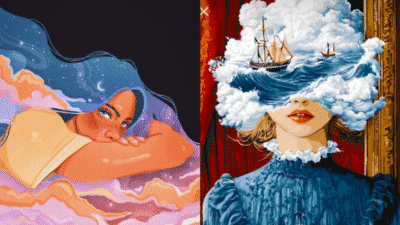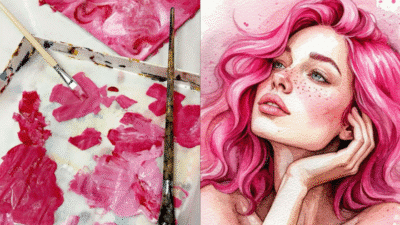Drawing hairstyles can be tricky, but it becomes much easier when you focus on simple shapes and flow before adding details. The key is to start by sketching the overall shape of the hair, then build on it with strands and patterns that create texture. This approach helps artists avoid getting lost in tiny details and makes different hairstyles easier to create.
There are many styles to try, from straight and flowing to curly and poofy. Each type has unique patterns that can be learned and practiced, making it simple to draw hair for all kinds of characters. Exploring different hairstyles can also inspire creativity, helping artists develop their own unique looks.
With a few easy tips and ideas, anyone can improve their hair drawing skills. This post will share simple methods and stylish hair ideas to help artists at any level feel confident when drawing hair.
Essential Tools and Materials for Drawing Hairstyles
Drawing hairstyles well requires the right materials to capture texture and flow. Using quality pencils, the right paper, and digital tools can make a big difference in the final artwork.
Best Sketching Pencils and Erasers
Choosing the right pencils is key for creating hair details. Artists often use a range of pencils from H (hard) to B (soft). Hard pencils like 2H or 4H are good for light strokes and initial outlines. Softer pencils like 2B, 4B, or 6B help add depth and shading.
Erasers also matter. A kneaded eraser is soft and flexible, perfect for lifting graphite gently to create highlights. A precision eraser or a mechanical eraser works well for fine details like strands of hair.
Keeping pencils sharp helps with detail work and texture. Many artists switch pencils during drawing to keep various effects clear and clean.
Recommended Paper Types
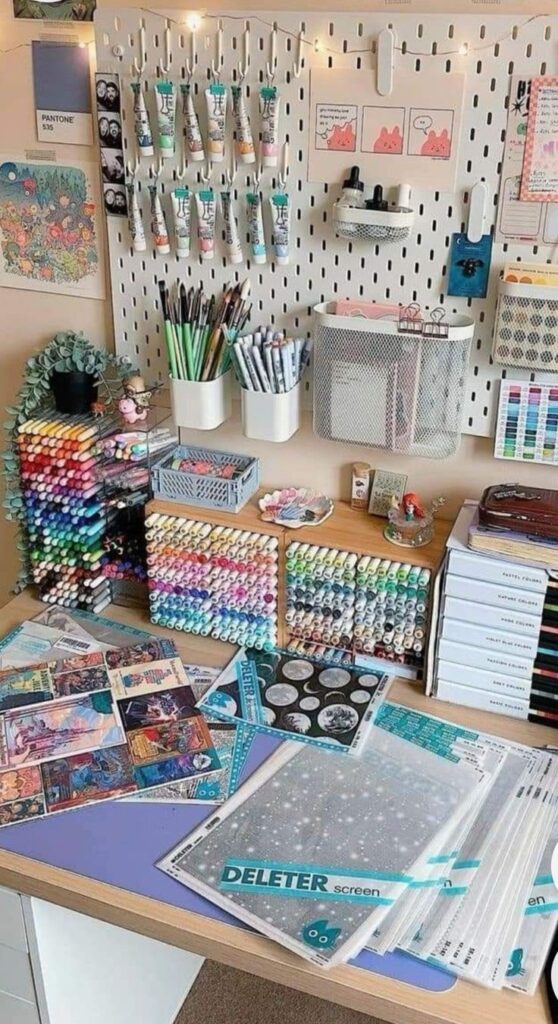

Paper texture affects how pencils mark and blend. Artists often prefer smooth or medium-texture paper, like Bristol or drawing paper with a vellum finish. Smooth paper allows fine lines without rough texture, making it easier to draw detailed hair strands.
Textured paper can add interesting effects but may make fine details harder to control. Artists should consider their style when picking paper.
The weight of paper matters too. A heavier paper (above 100gsm) avoids wrinkling when erasing or adding layers of graphite.
Digital Tools for Hairstyle Illustrations
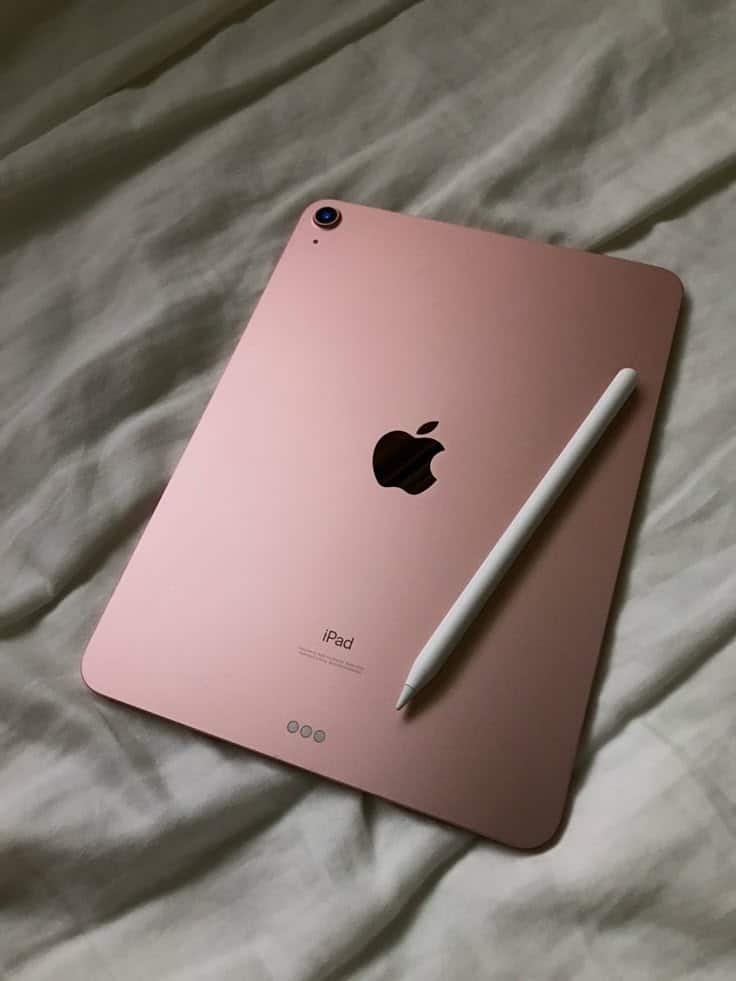
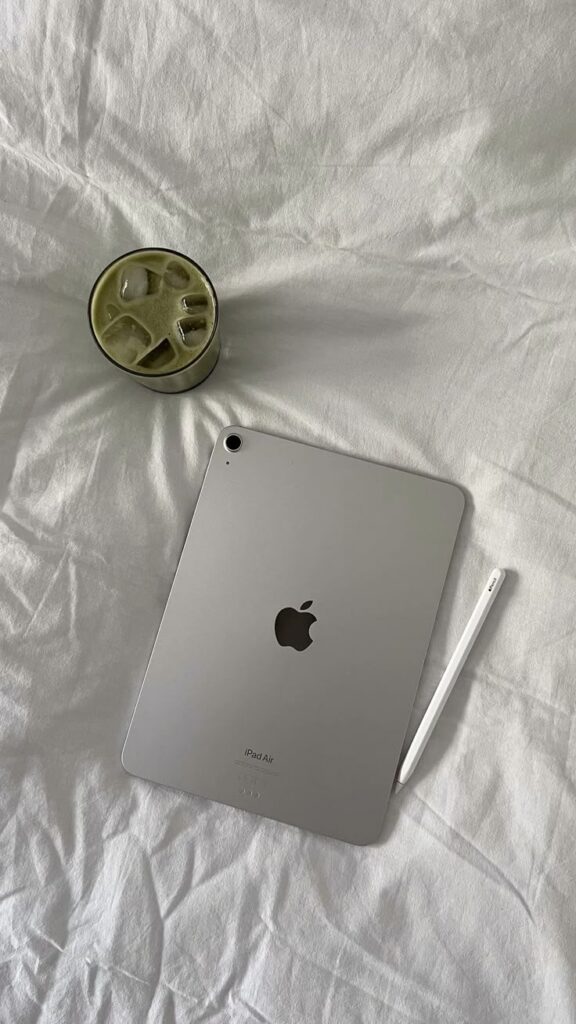
Digital drawing offers flexibility in creating hairstyles. Tablets like iPad with Apple Pencil or graphics tablets from Wacom are popular tools.
Software such as Procreate, Photoshop, or Clip Studio Paint offer brushes that mimic pencil strokes and hair textures. These programs allow layering, which makes fixing mistakes easier.
Using pressure sensitivity on digital brushes helps vary line weight, creating a more natural look for hair. Artists can zoom in for tiny details or adjust shading quickly.
Digital tools also let artists experiment with colors and styles without wasting paper or pencils.
Understanding Hair Structure and Flow
Drawing hair well means paying attention to its shape, texture, and how it moves. This involves knowing the different hair types, how light changes its look, and the natural direction in which the hair grows. These details help create lifelike hairstyles.
Identifying Hair Types and Textures
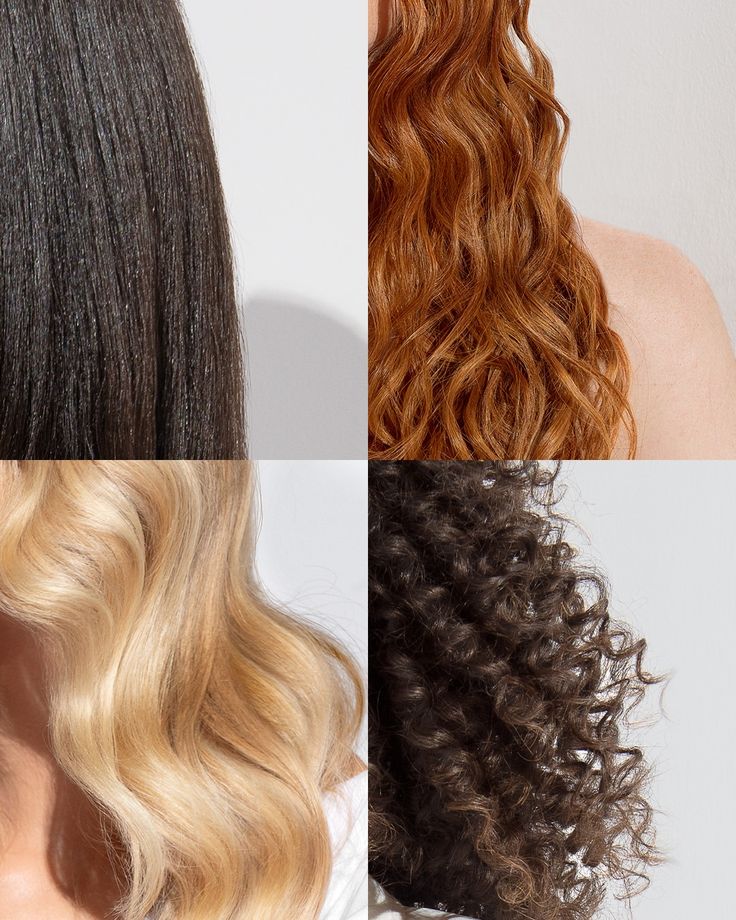

Hair comes in several types, such as straight, wavy, curly, and coily. Each type has a unique texture that affects how it looks and moves. Straight hair tends to fall smoothly, while curly and coily hair has more volume and bounces differently.
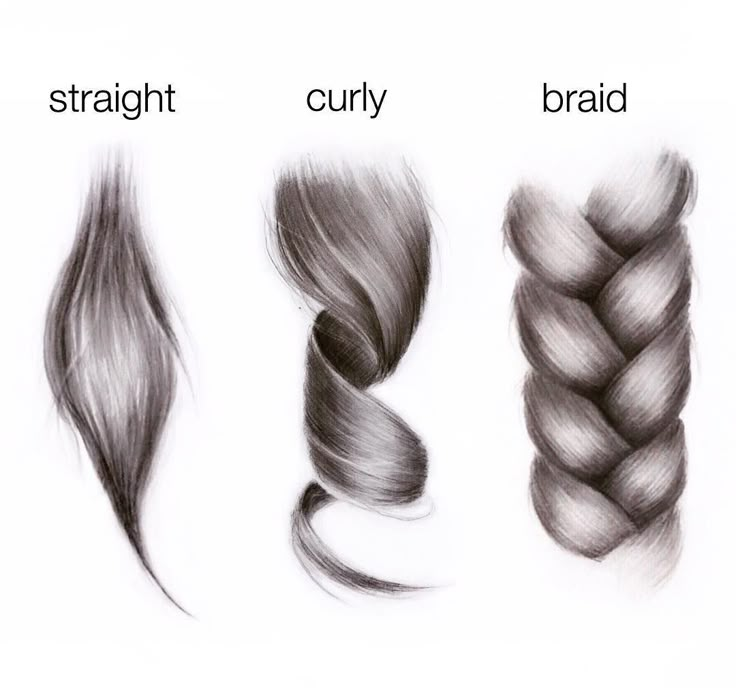
Artists should observe how tight or loose the curls are and the hair’s thickness. Texture affects line style, so using soft, flowing lines for wavy hair or tighter, more angular lines for curls can help show the right feel. Knowing these differences helps in adding realism to drawings.
How Light Affects Hair Appearance
Light changes how hair looks by creating highlights and shadows. Bright areas happen where light hits directly, while shadows show where hair overlaps or curves away from light. This gives hair volume and depth.
Using simple shapes to block in light and dark areas helps artists avoid drawing every strand. Reflections also depend on hair type—straight hair reflects light more evenly, while curly hair shows smaller, separated highlights. Paying close attention to light sources improves the hairstyle’s 3D effect.
Mapping Hair Growth Direction
Hair grows in natural patterns which keep styles believable. Following these directions can make hair flow look smooth and natural. Hair usually grows outward from points called follicles, often starting at the scalp’s crown and moving down.
Artists can sketch guidelines or shapes that follow these growth paths. This helps maintain the flow and prevents hair from looking stiff or unnatural. For example, bangs grow down over the forehead, while crown hair often swirls. Knowing these paths makes hairstyles appear more realistic.
Classic Hairstyle Ideas for Drawing
Drawing classic hairstyles means focusing on clear shapes and familiar patterns. These styles often have simple lines but require paying attention to texture and flow. He or she should notice how hair falls naturally and where shadows create volume.
Long and Straight Styles
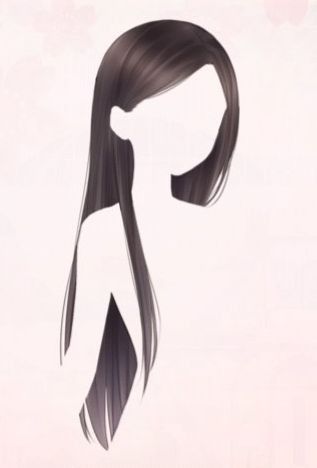

Long, straight hair is about smoothness and subtle movement. When drawing, the artist should use long, gentle strokes that follow the direction of the hair. It’s important to keep the lines flowing down without sharp breaks.
To add realism, small strands or wisps can be drawn around the edges. This helps avoid a flat look. Highlights and shadows work well to show shine and depth on straight hair.
Elegant Braids

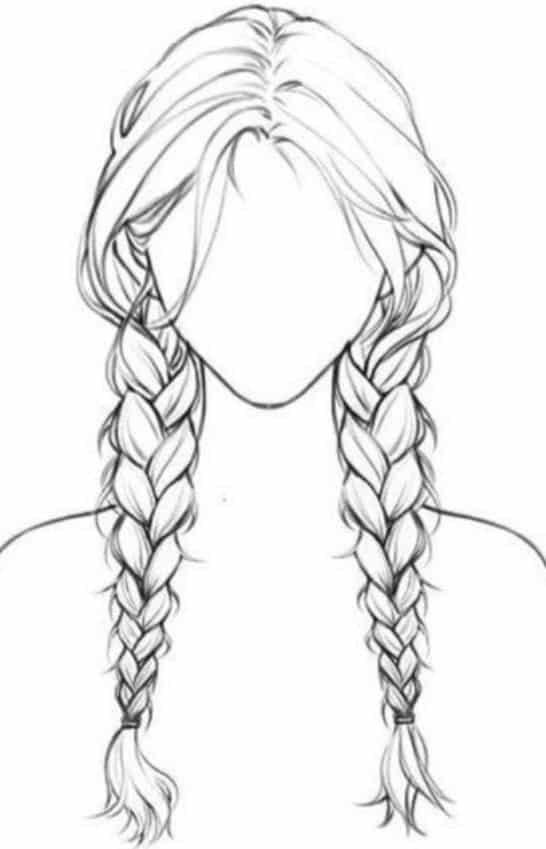
Braids need careful attention to the overlapping segments. Drawing a braid involves repeating shapes that twist and fold over one another. The artist should focus on even spacing between each section.
Using light and shadow between the strands brings out the 3D effect. It helps if the braid tapers slightly toward the end to give a natural look. Braids can be loose or tight, and slight frizz can add realism.
Voluminous Curls


Curls require drawing rounded, flowing shapes that overlap and twist. The key is to show bounce and thickness. Curly hair has many layers, so the artist must break it down into clusters or ringlets.
Shadows often sit inside curls, with highlights on the curves where light hits. Drawing curls with a mix of tight and loose loops gives a dynamic, natural appearance. Adding stray curls helps keep it less stiff.
Modern and Trendy Hairstyles to Illustrate
Modern hairstyles often mix natural texture with bold shapes and sharp details. They show personality through layers, cuts, and unique patterns. This variety gives artists many options to try, from soft waves to edgy designs.
Wavy and Layered Cuts
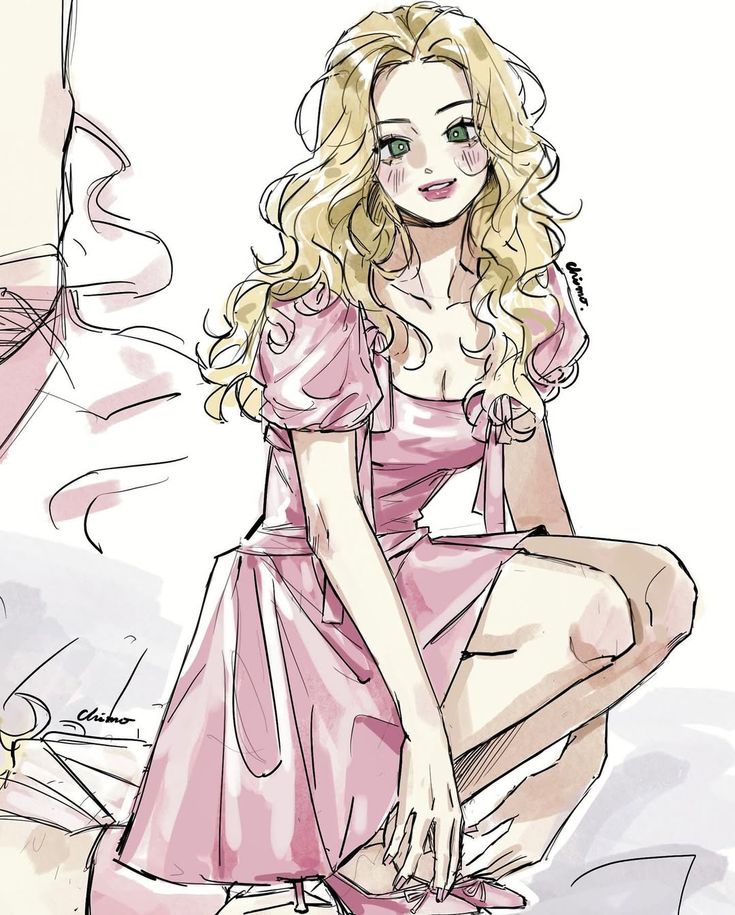

Wavy hair with layers adds movement and volume. Artists should focus on how light hits the waves and how the layers fall. Drawing soft curves and varied thickness helps capture this style.
Layered cuts also work well to show different hair lengths—shorter layers on top with longer ones below create depth. Using loose lines for waves and sharper lines for ends makes the style feel real. Adding highlights or shadows can emphasize texture.
Chic Short Hair

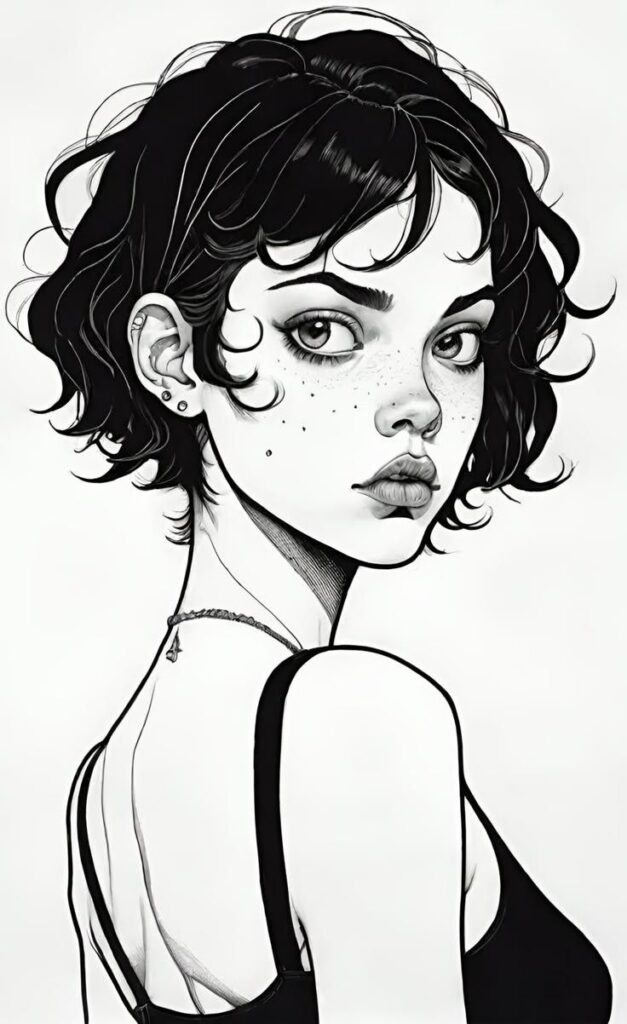
Short hairstyles are simple but striking. They often have clean edges and smooth shapes. Artists can play with different short styles like pixie cuts, bobs, or blunt trims.
Key points are the sharp outlines around the face and the way hair shapes the head. Capturing subtle volume and direction with quick line strokes works well. Short hair can be plain or texturized; using patterns or dots can show different effects.
Creative Undercuts and Designs
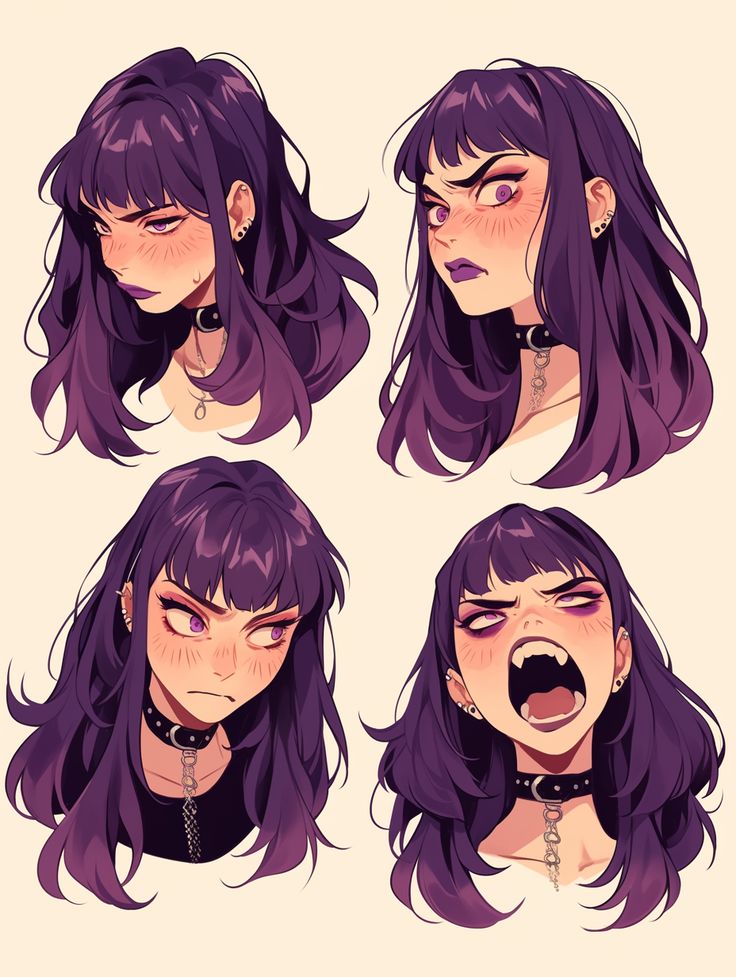

Undercuts are about contrast between shaved sides and longer top hair. Drawing these involves clear lines between the sections and attention to the scalp texture.
Designs like stripes, shapes, or patterns are common in undercuts. Artists should focus on symmetry and clean edges for the designs. Adding skin tone shading under the shaved parts helps show realism. Undercuts offer a modern, bold look for drawings.
Fantasy and Creative Hairstyle Inspiration
Creative hairstyles often mix bold shapes, unusual colors, and imaginative textures. These styles help artists add personality and fantasy elements to their characters.
Anime and Manga Styles


Anime and manga hairstyles are known for their sharp, exaggerated shapes and vibrant colors. Artists often use thick, distinct sections of hair instead of many tiny strands. This makes hair easier to draw and gives the character a strong visual identity.
Spiky hair, flowing locks, and gravity-defying styles are common. Color is also important: bright blues, pinks, or greens can show mood or special powers. Artists use clear lines and contrast to keep hair visually striking even in simple black and white drawings.
Tips for artists:
- Use clean, defined sections rather than too much detail.
- Play with unusual hair colors to match character traits.
- Experiment with shape and direction to show motion or emotion.
Mythical and Inventive Looks
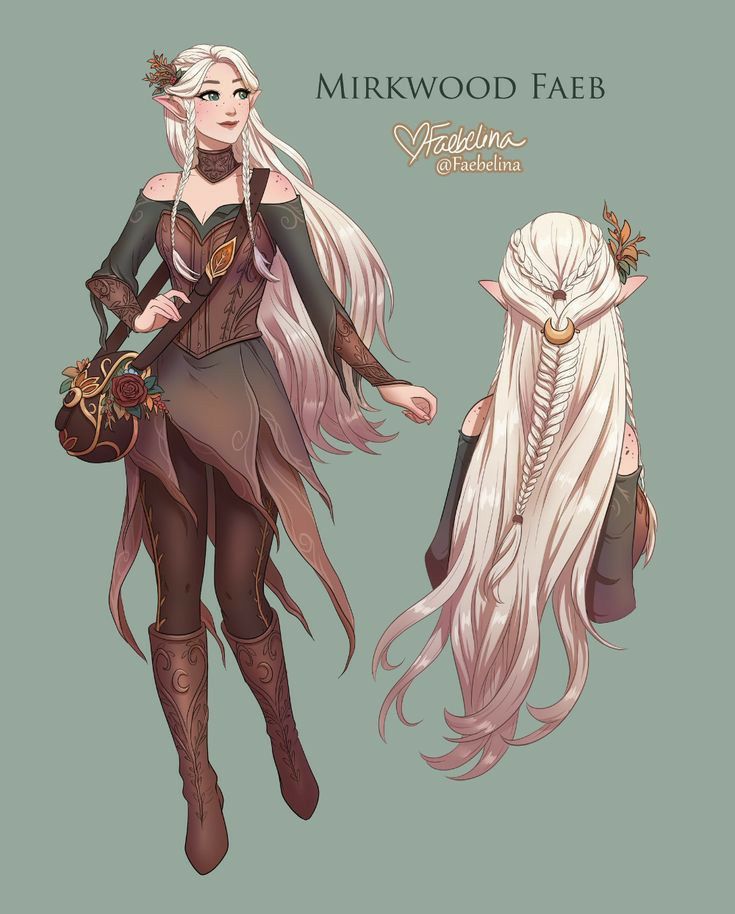
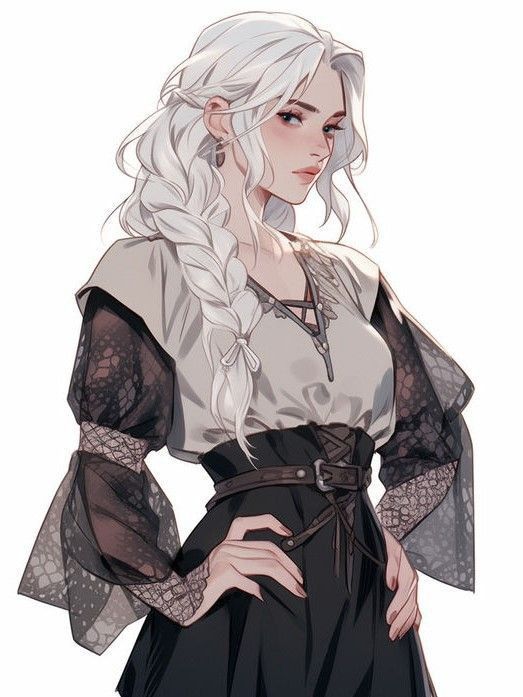
Mythical hairstyles combine nature, fantasy, and futuristic ideas to create unique looks. Artists mix curls, braids, and waves with unusual shapes like horns, feathers, or glowing strands.
Colors can be soft pastels or deep metallic shades. Hair might float or flow as if alive, adding magic to the character. Texture is key: smooth, shiny, or rough surfaces give different effects.
Ideas for creating fantasy hair:
| Element | Description | Effect on Character |
|---|---|---|
| Braids | Intricate or thick braids | Adds complexity and detail |
| Glowing tips | Bright light at hair ends | Shows magic or power |
| Floating hair | Hair defies gravity | Gives ethereal or supernatural feel |
These imaginative hairstyles can help characters stand out in any story or drawing.
Tips for Perfecting Your Hairstyle Drawings
Drawing hair well means knowing how to avoid common errors and adding the right details to make it look real. Paying attention to the flow and shine of hair can make drawings much stronger and more believable.
Common Mistakes to Avoid
Many artists try to draw every single hair strand, which can make the drawing look messy or overworked. Instead, focusing on sections and shapes works better.
Another mistake is ignoring the natural flow and volume of hair. Hair should move in groups and follow the head’s shape. Flat or stiff lines make hair look fake.
Avoid placing highlights randomly. Highlights follow where light hits the hair, not just anywhere.
Also, don’t forget hair thickness varies. Drawing all hair strands the same size makes the hairstyle look unnatural.
Adding Realistic Details and Shine

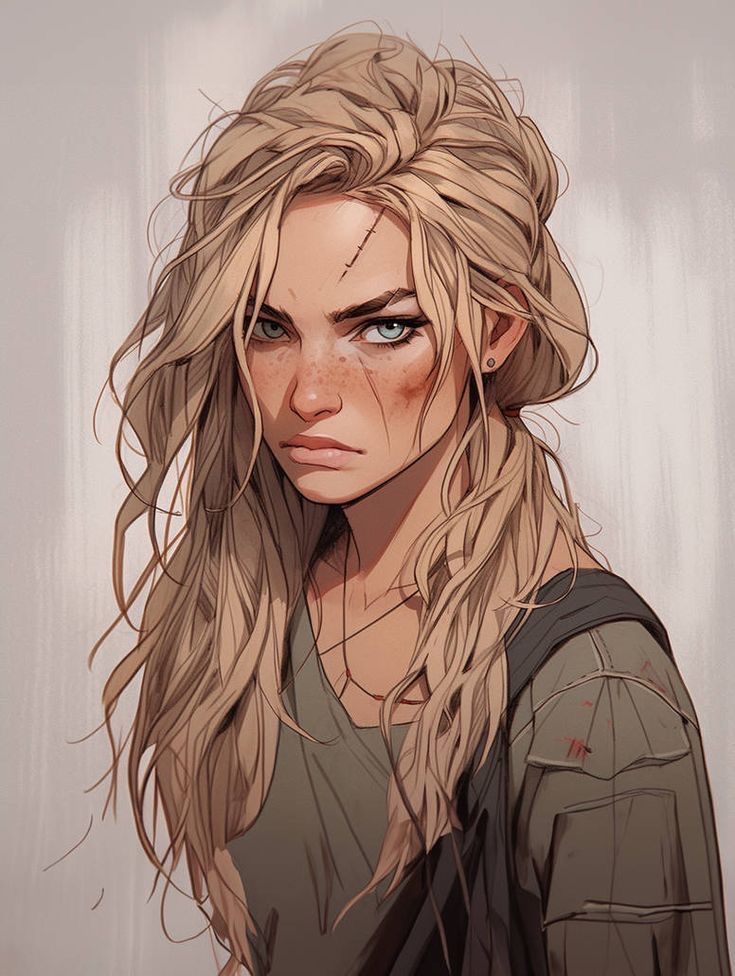
To add realism, artists should add soft shading to show volume. Using layered strokes helps give hair texture.
Shine is important for lifelike hair. Highlight areas should be smooth and follow the curve of the hair.
Light parts are usually thinner or raised hairs catching light. Darker parts show depth and shadows between hair layers.
Using simple shapes to block out hair flow first makes it easier to add detailed shine and texture later.
- 851shares
- Facebook0
- Pinterest851
- Twitter0
